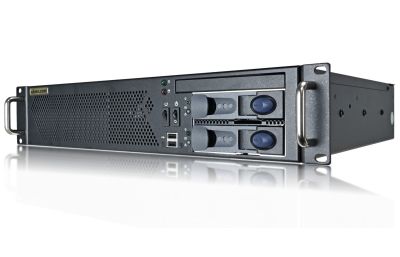Redundancy can be applied to a computer by several methods. It can be offered in terms of backups, or in terms of system uptime. It’s use and value varies by the end user and intended use.
Storage backup redundancy is most common, varying RAID levels permit single to multiple drive failure and ensure the computer is never powered down. This requires additional storage drives as well as a method to implement it. Hardware RAID Cards, Software RAID, and FakeRAID are the common and available methods to achieve this. It’s applicability is most often for database systems, e-commerce and even for large storage arrays.
Power redundancy is most commonly achieved through the use of a specialized power supply that contains two or more individual modularized power supplies that connect to a singular interface/hub to provide power to the system. Much like in storage, this permits either module to be removed and replaced without powering down the unit, and if each module is split between two independent power grids it may also be able to withstand a power outage if the alternate outlet is not connected to the same electrical grid. This feature is most commonly used for mission critical systems that an hour to a day or two of down time cannot be compensated for.
Both types of redundancy can be applied to the same unit, but can complicate the design. Together they are often used for systems that cannot be afforded to ever be taken offline. Client database servers, highly popular web servers, and other specialty application servers.





